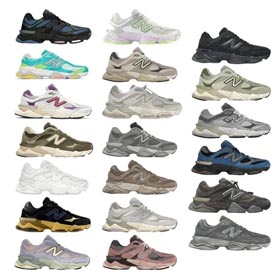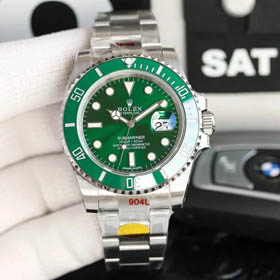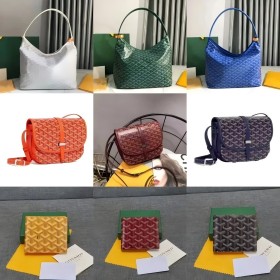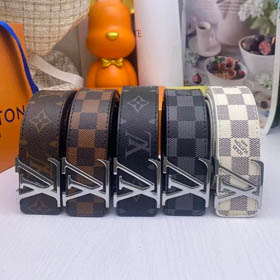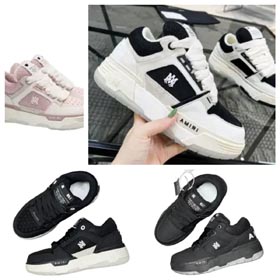Introduction
| Style Category | Engagement Lift | Preferred Context |
|---|---|---|
| Editorial Lifestyle | ↑63% | Streetwear/apparel |
| Flat Lay | ↑41% | Tech accessories |
| Commercial Studio | ↓8% | Luxury watches only |
"Early tests proved night mode shooting increased color accuracy for dark clothing by 17 percentage points."
CSSpreadsheet Workflow Integration
The backend document architecture handles complicated data streams, such as:
Automated Analysis
Computer vision assisted scrapers tag customer comments mentioning:
- Color discrepancy ("Too orange compared to post") – now < 7% occurance
- Texture misrepresentation ("Looks shiny in picture")
Quantifiable Adjustments
Light technicians receive preset modification orders such as these:
- Lower color temp to 5,200°K (-300°K standard)
- Diffusion panel distance increased (1.4m → 1.7m)
Future Optimization Roadmap
Looking beyond current successes, work is focusing in 3 key areas:
- Dynamic live-updating sheets from Patreon survey inputs
- Neural quality boosting for mobile upload client images
- Regional aesthetic preferences heatmap correlation
Explore the latest tested visual collections at ACBUY Concept Hub



